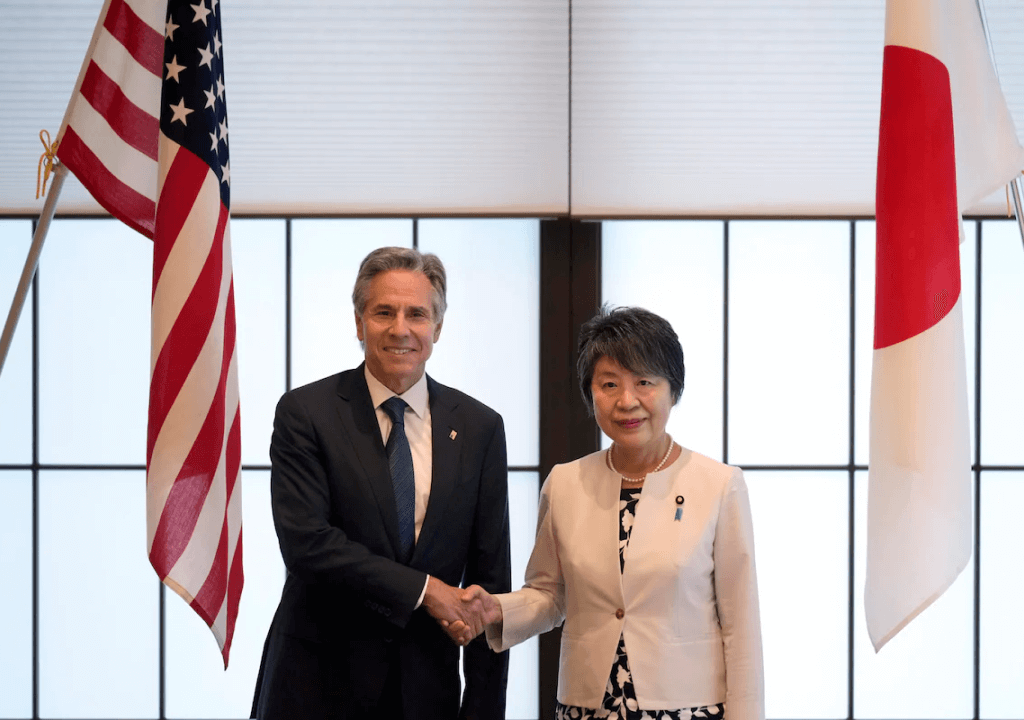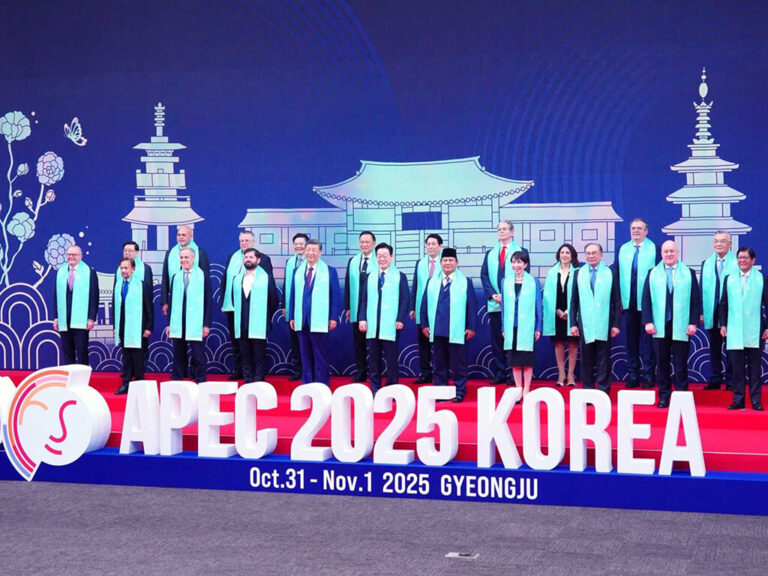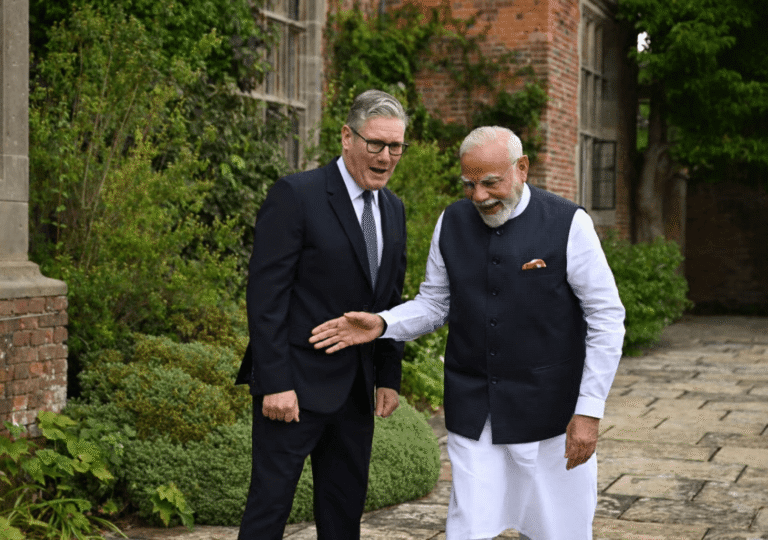The United States and its top ally in the Asia-Pacific, Japan, are preparing for a potential confrontation with China in the near future. As part of this effort, US Secretary of State Antony Blinken has been making frequent trips to Tokyo, where he holds essential meetings with his Japanese counterpart and signs important agreements, including plans to increase arms production to address China’s aggression.
Most recently, Secretary Blinken and Defense Secretary Lloyd Austin met with their Japanese counterparts, Yoko Kamikawa and Minoru Kihara, in Tokyo at the US-Japan Security Consultative Committee, referred to as the “2+2” talks. They reaffirmed their alliance in the wake of President Joe Biden’s withdrawal from the November presidential race. Both US and Japanese defense leaders, along with senior diplomats, agreed to strengthen their military cooperation regardless of any administrative changes, acknowledging that China remains a significant threat to both nations.
Japan, which dismantled its military after its defeat in World War II, is now rapidly remilitarizing with the support of the US in response to threats from China. They are increasing investments in the defense sector and strengthening military cooperation with regional allies. And the US and Japan are upgrading the command and control of US forces stationed in Japan and boosting American-licensed missile production. Defense Secretary Lloyd Austin noted that the command upgrade will be the most significant change to the US Forces Japan since its creation and one of the strongest improvements in the military ties with Japan in 70 years. These new operational capabilities and responsibilities will advance collective deterrence. Japan is home to more than 50,000 US troops, but the commander of the US Forces Japan (USFJ), based in Yokota in the western suburbs of Tokyo, currently has no direct command authority. Instead, directives are issued by the United States Indo-Pacific Command (INDOPACOM) in Hawaii.
Diplomatic meetings among “Asian NATO” countries are increasing rapidly. With China making slow progress on its economic goals, there is growing concern that it might turn to its political interests. Japan, due to historical tensions and its geographical proximity, could become a primary target if China decides to act. So, Japan is taking swift measures to counter Chinese ambitions in the region. It is evident that the weakened Japan emboldens China both economically and politically. Therefore, the United States is actively encouraging Japan to adopt a more assertive stance and is prepared to offer full support. Given the strong alliance between China, North Korea, and Russia, the United States recognizes that this coalition cannot be managed alone and views Japan as its most reliable partner in the region.
Escalating regional tensions into full-blown war would be disastrous for everyone involved. While conflict is always costly, creating fear in an opponent can be an effective strategy. Political analysts suggest that the US and Japan are working together with this strategy to counter China’s ambitions. Sometimes, showcasing military strength can be more effective in maintaining peace than negotiations alone. Following the recent 2+2 talks with Japan, the US announced its commitment to “Extended Deterrence”, including nuclear weapons, in response to nuclear threats from Russia and China. This marks a significant shift from Japan’s previous reluctance to openly address this sensitive issue, given its history as the only country to have endured atomic attacks.








